
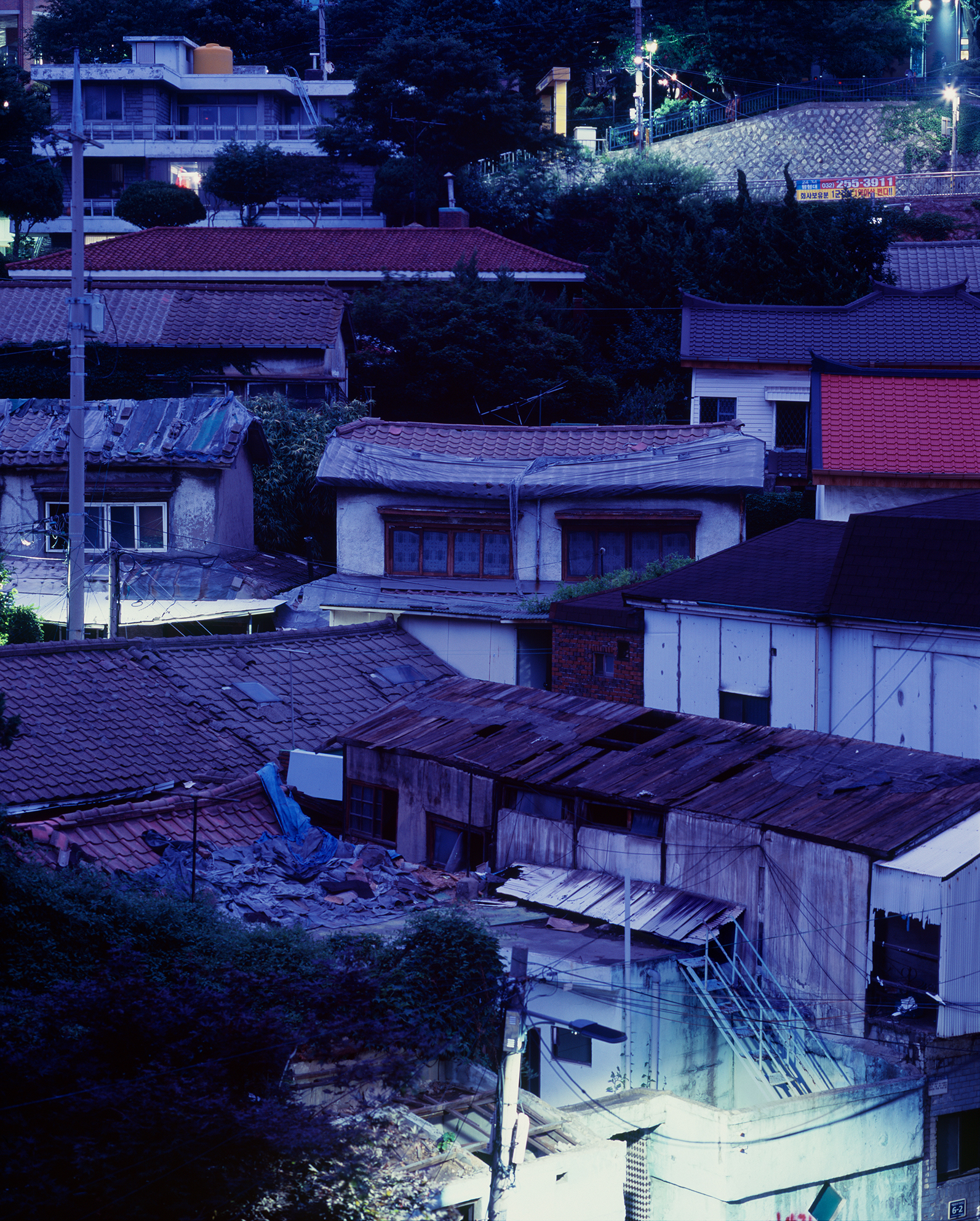
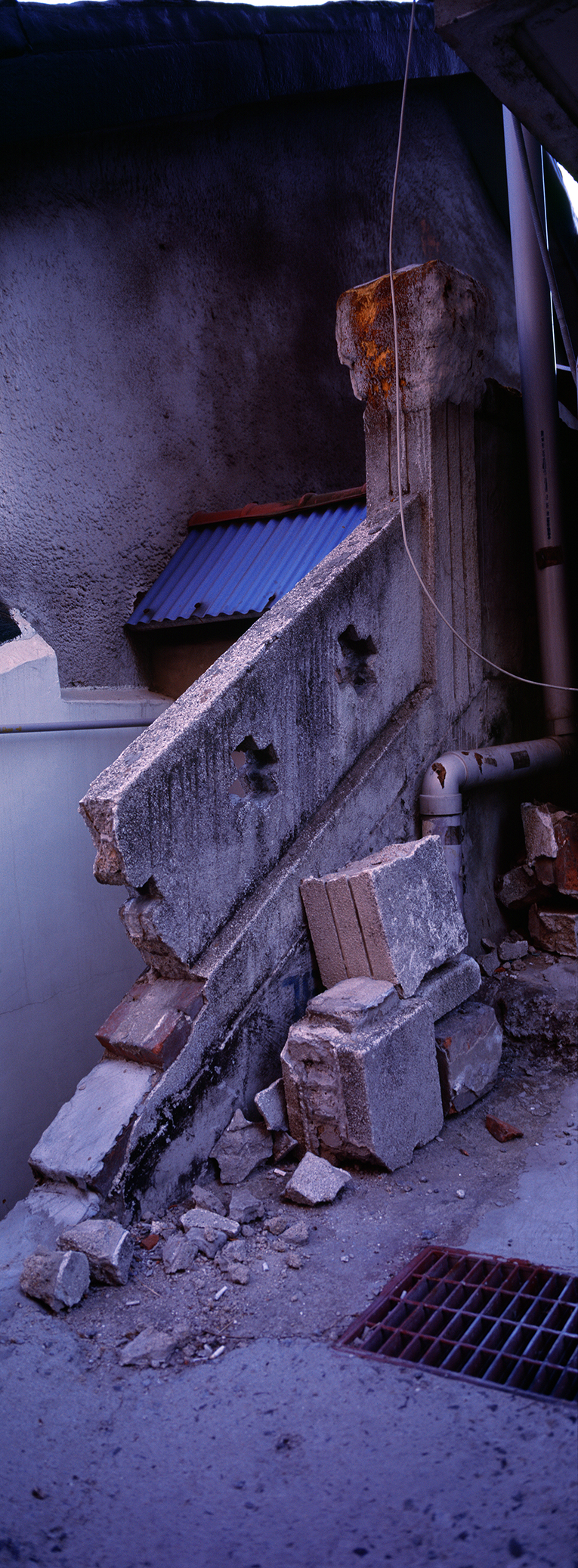
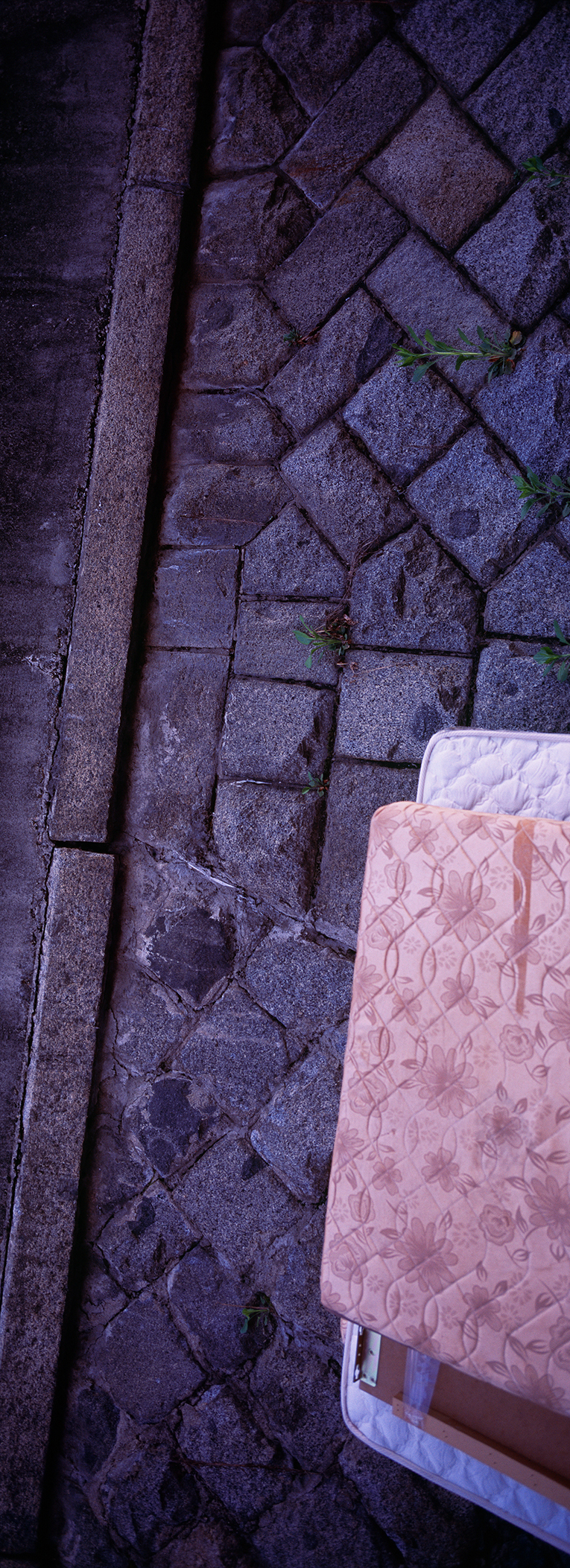
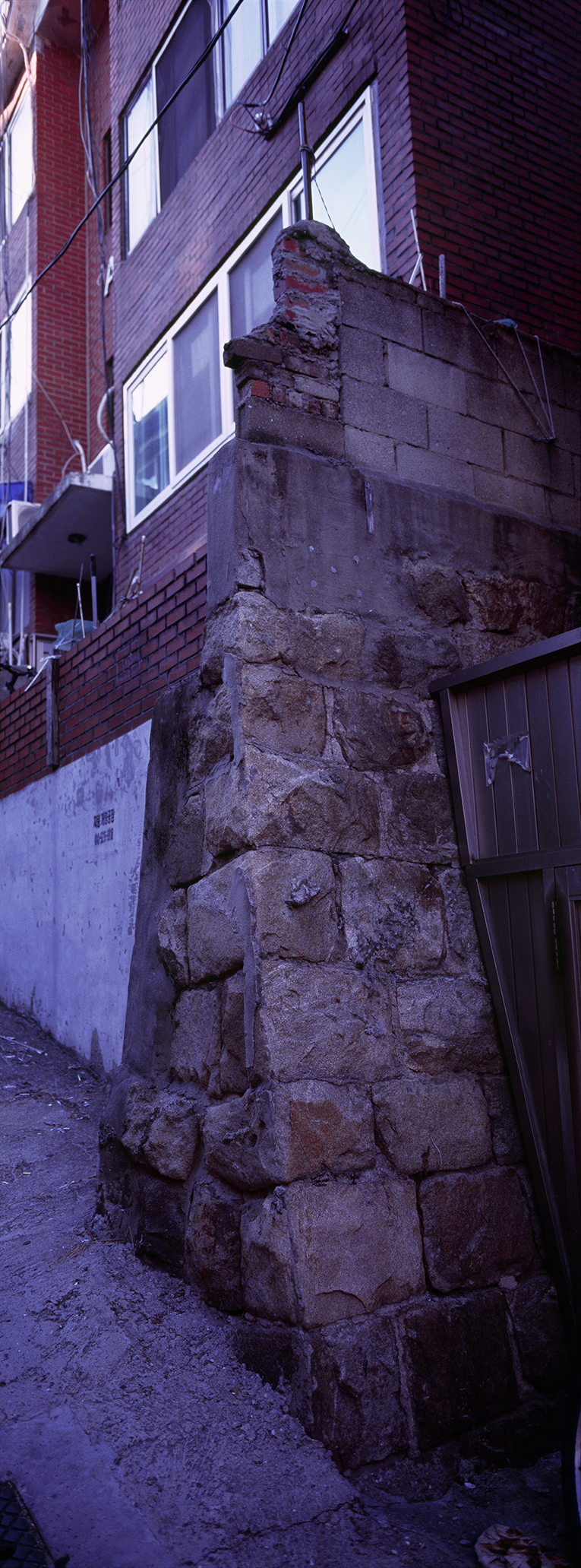
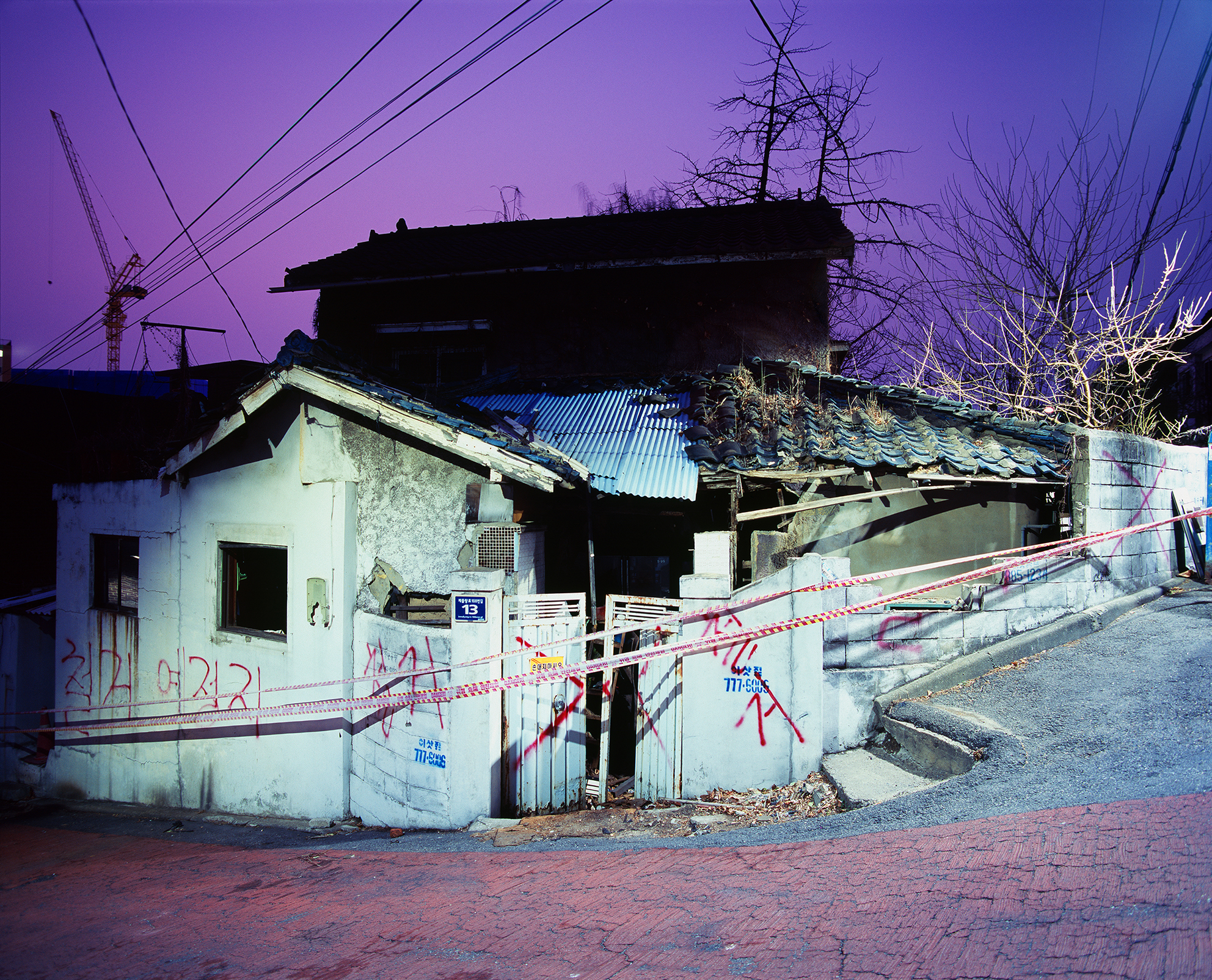
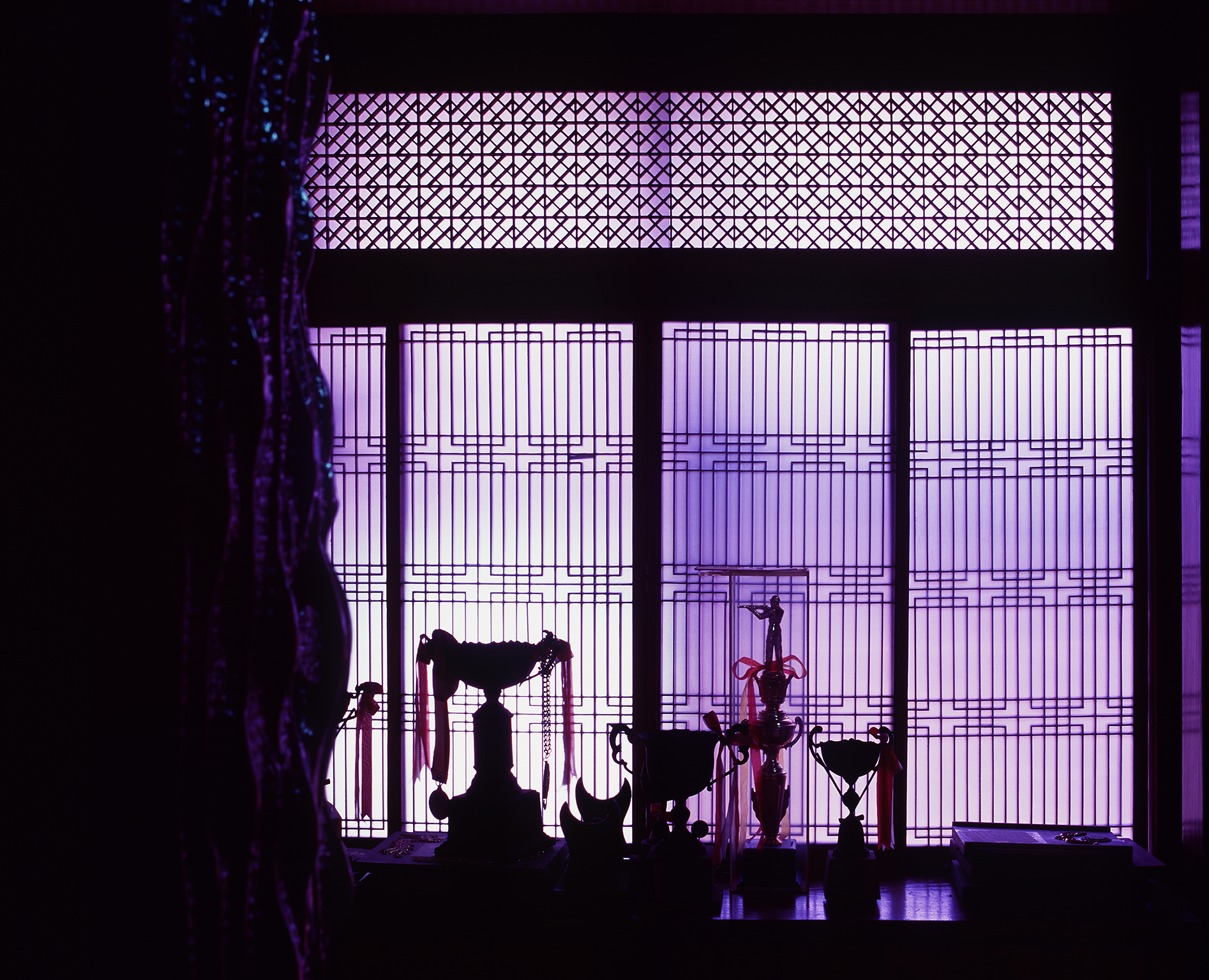

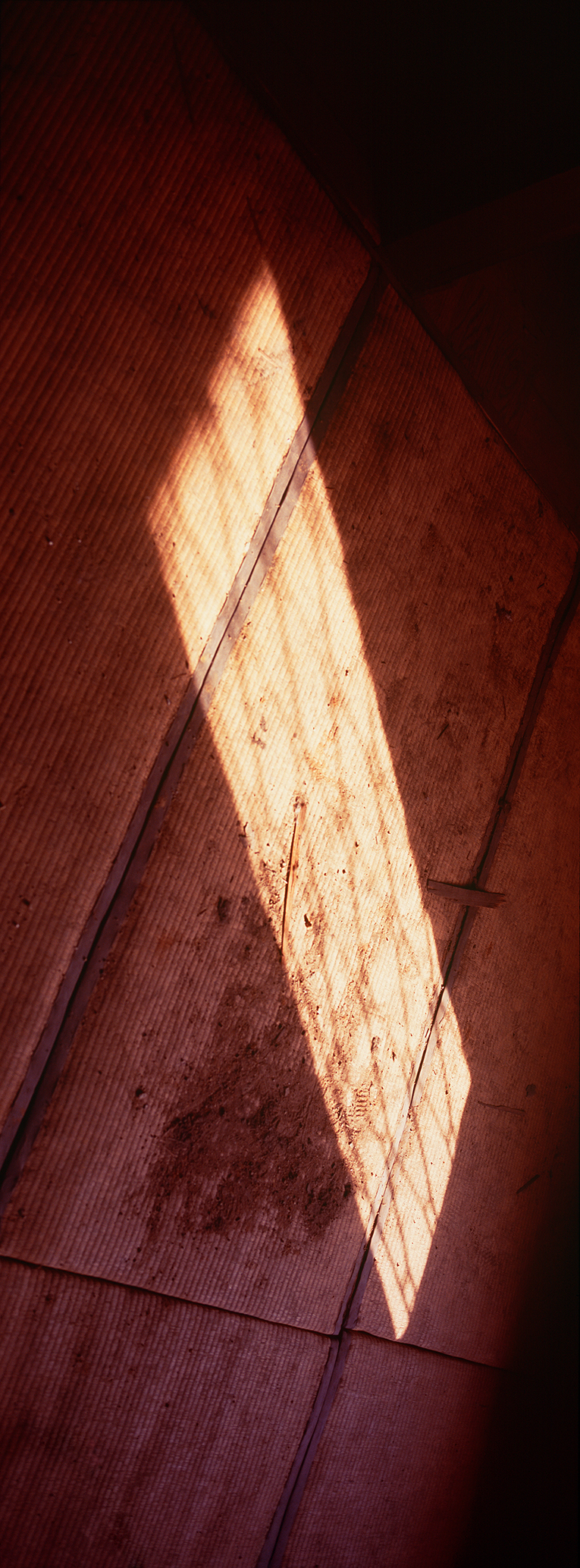

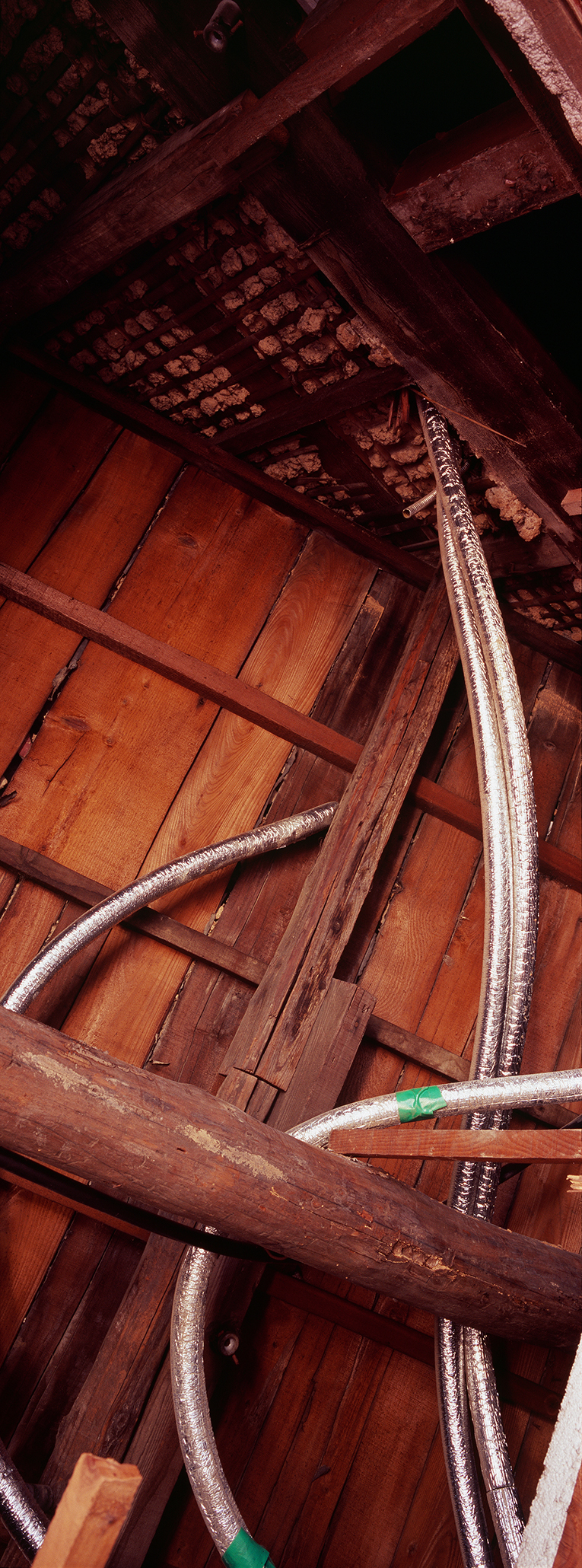

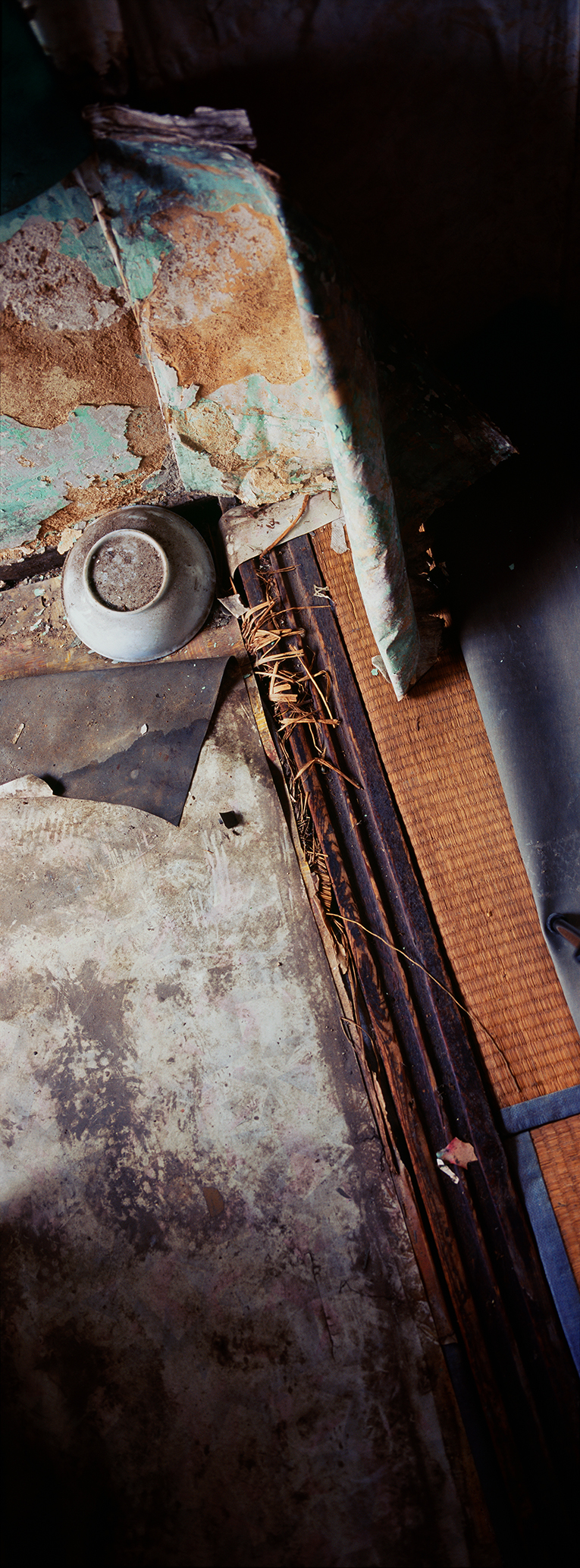

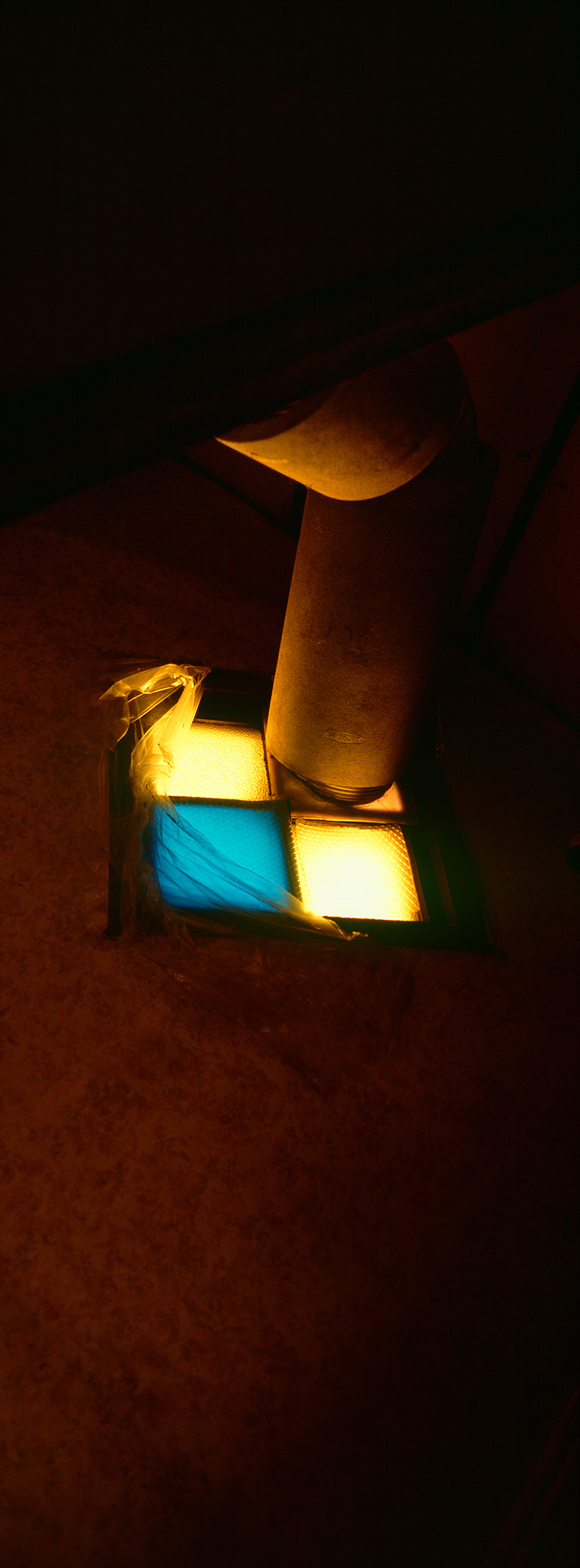




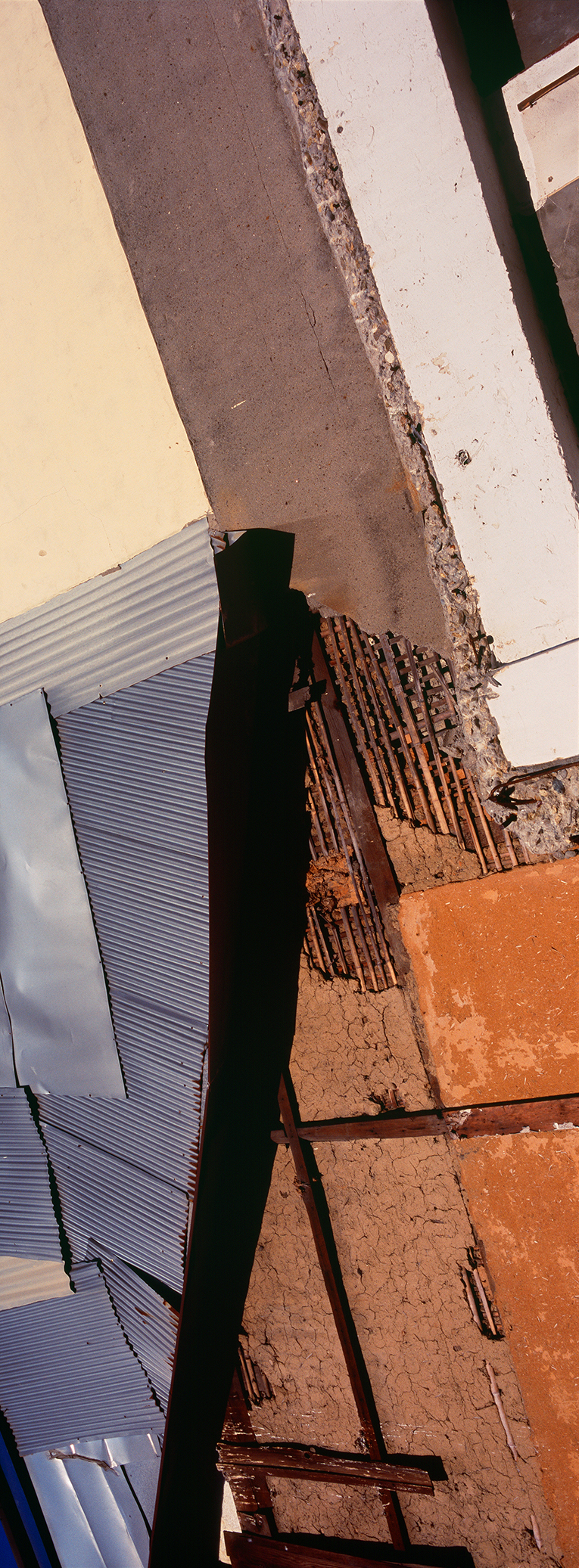


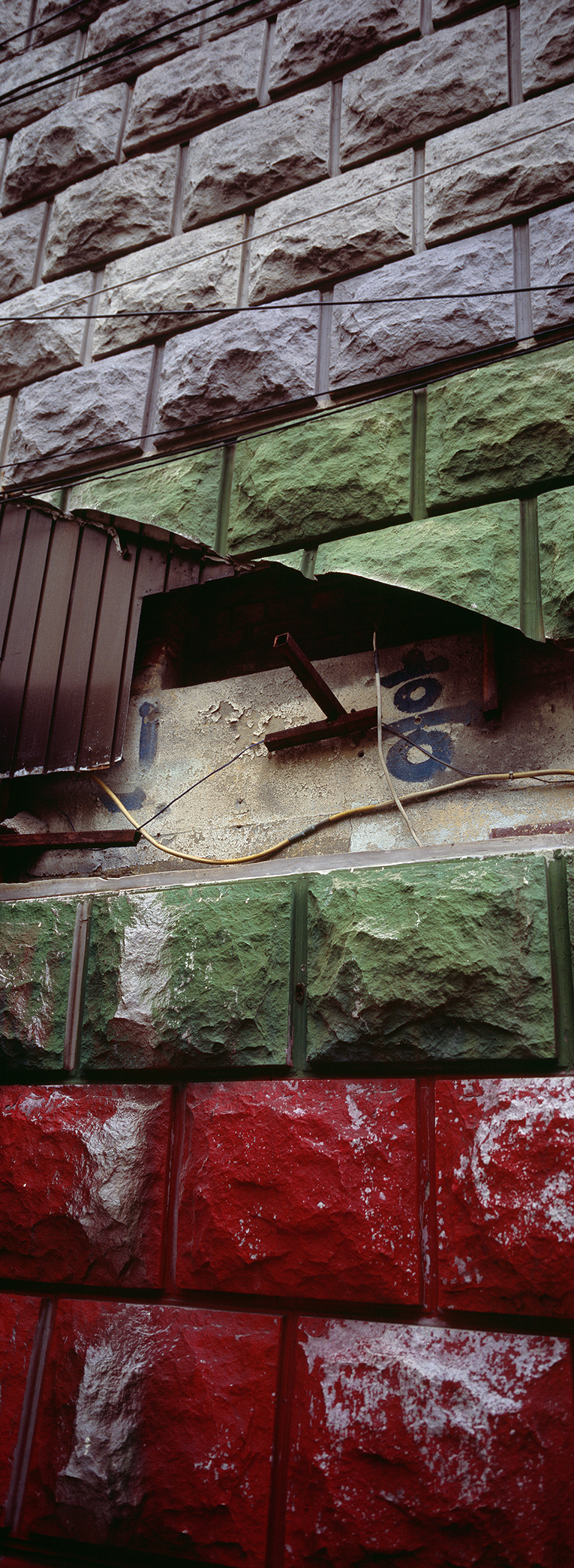
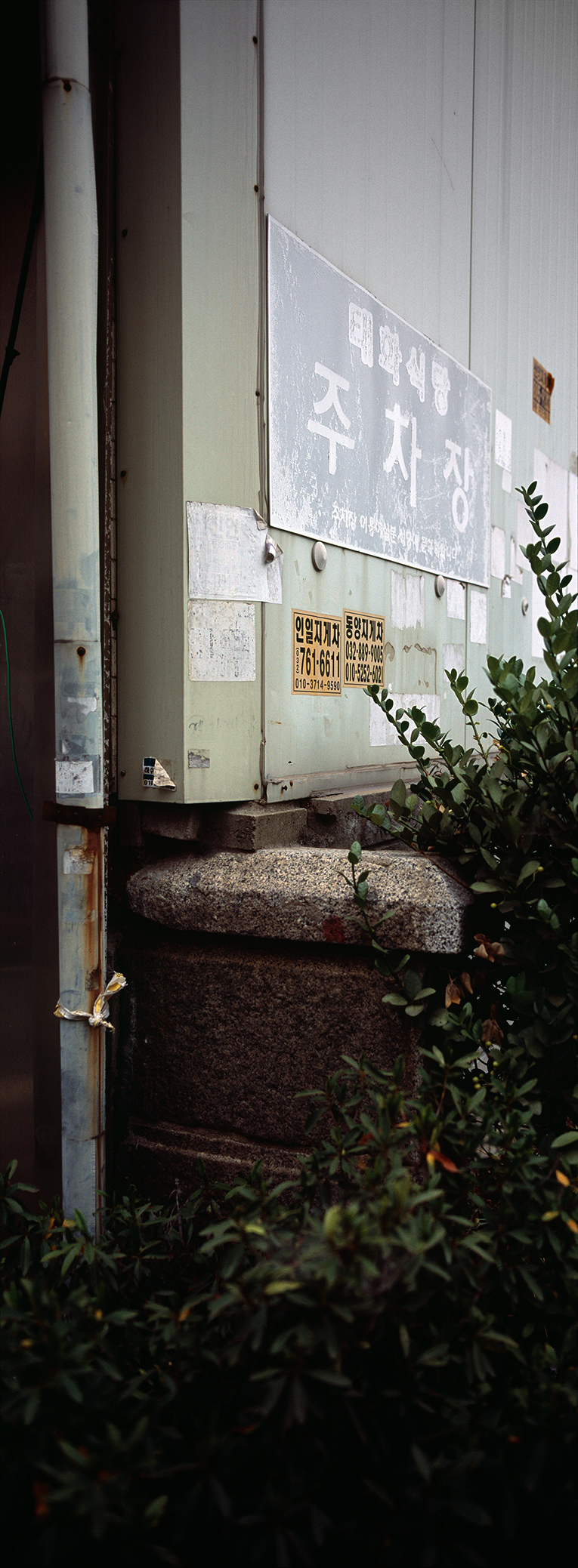



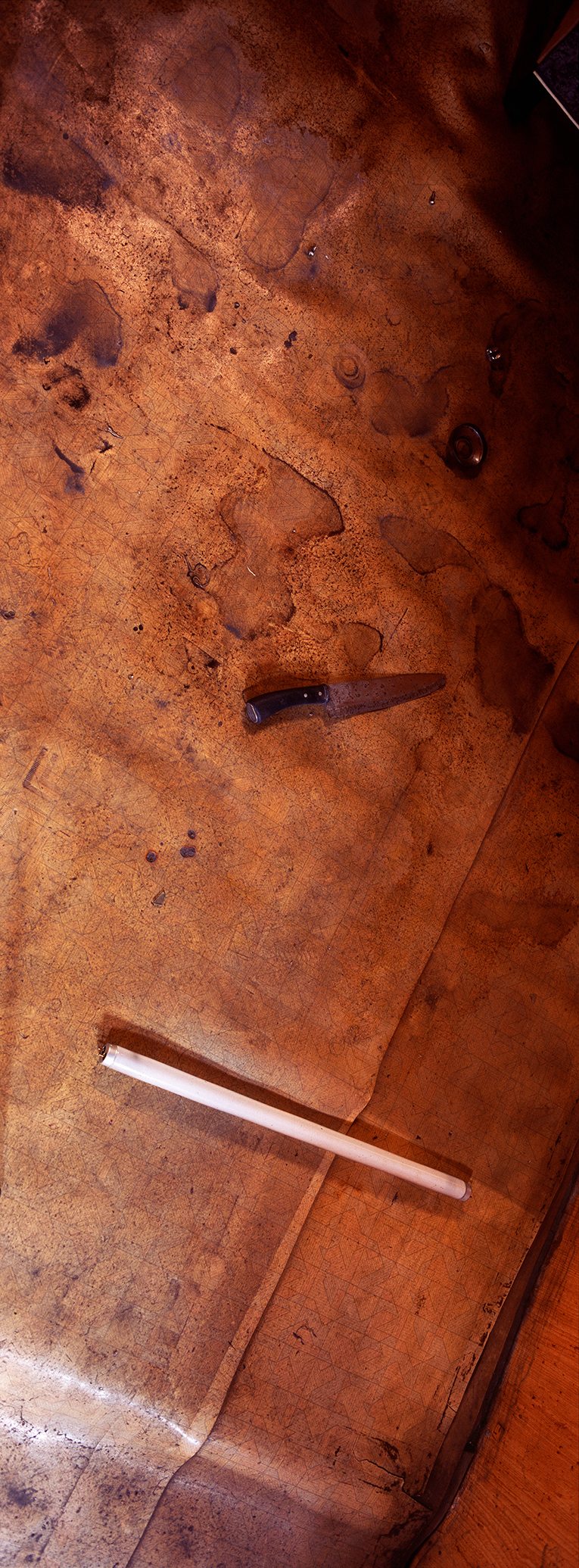
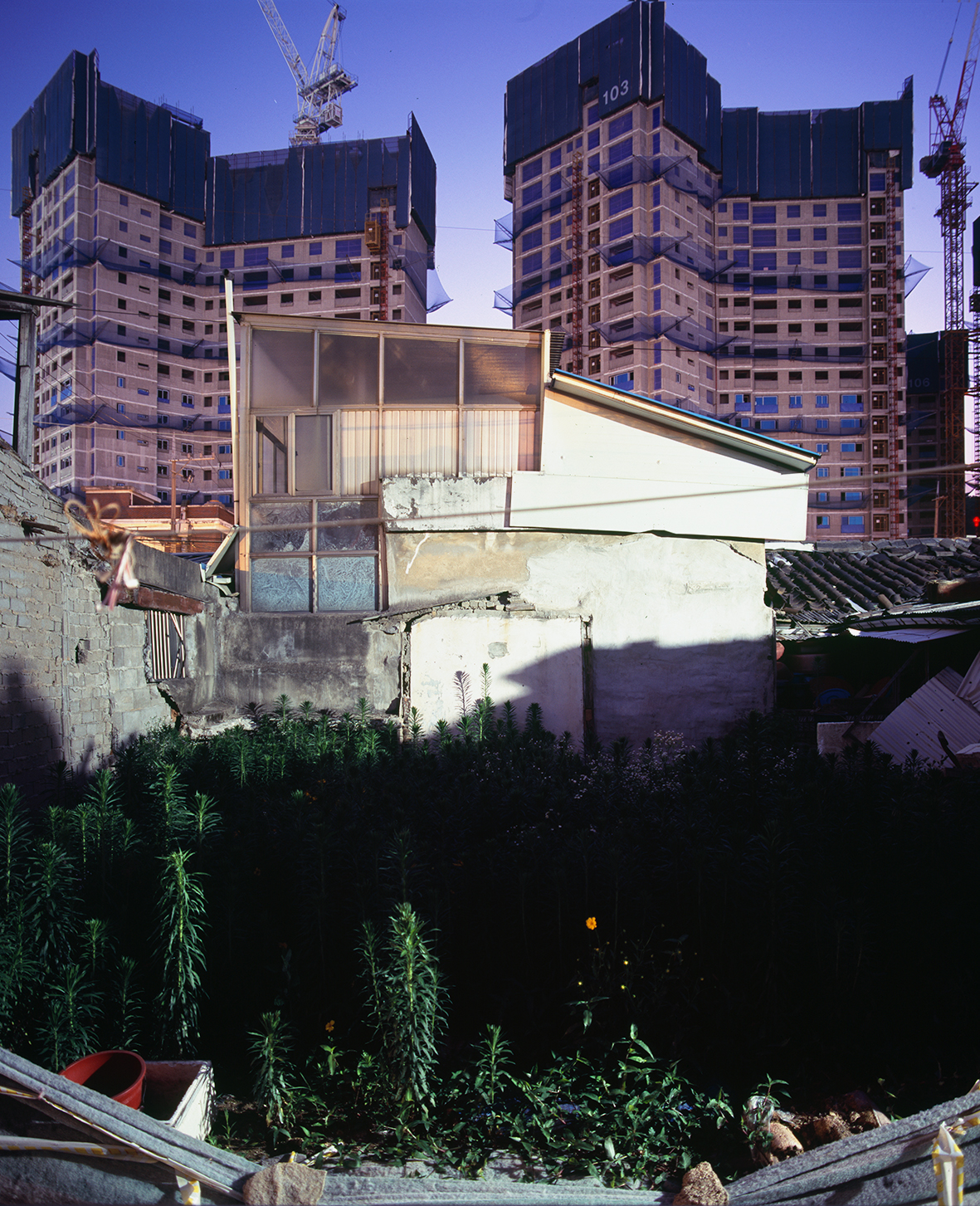
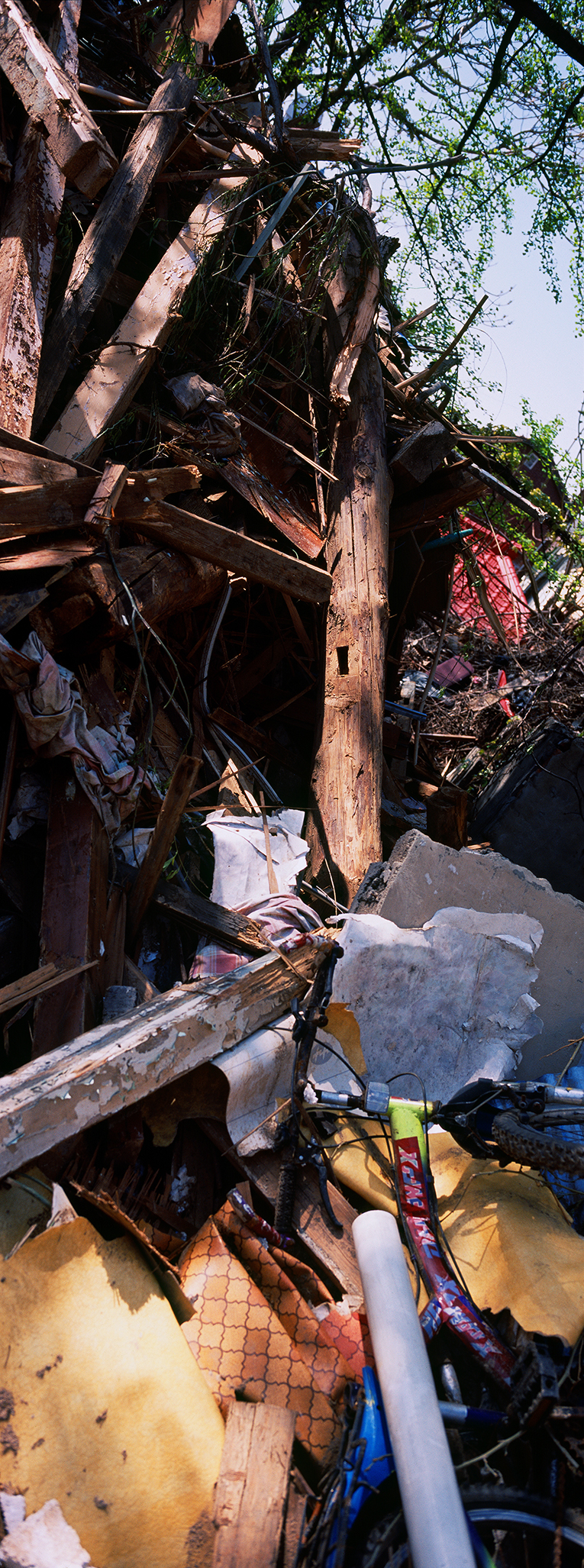
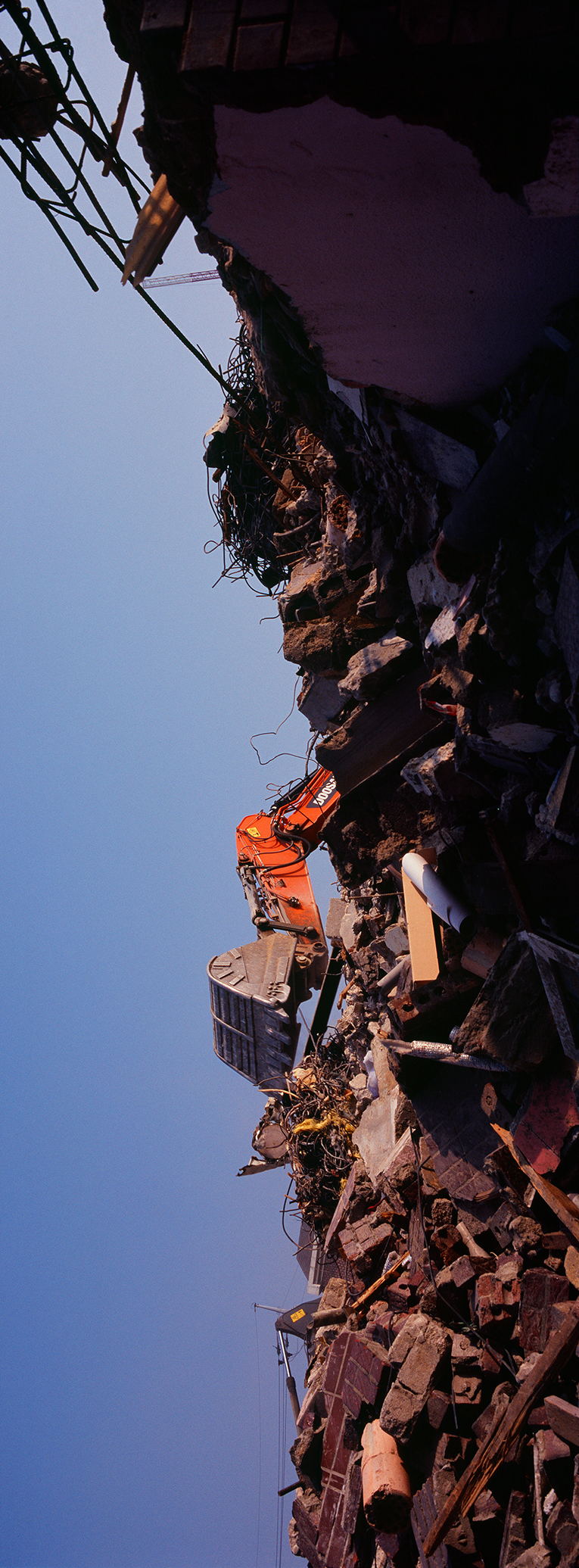
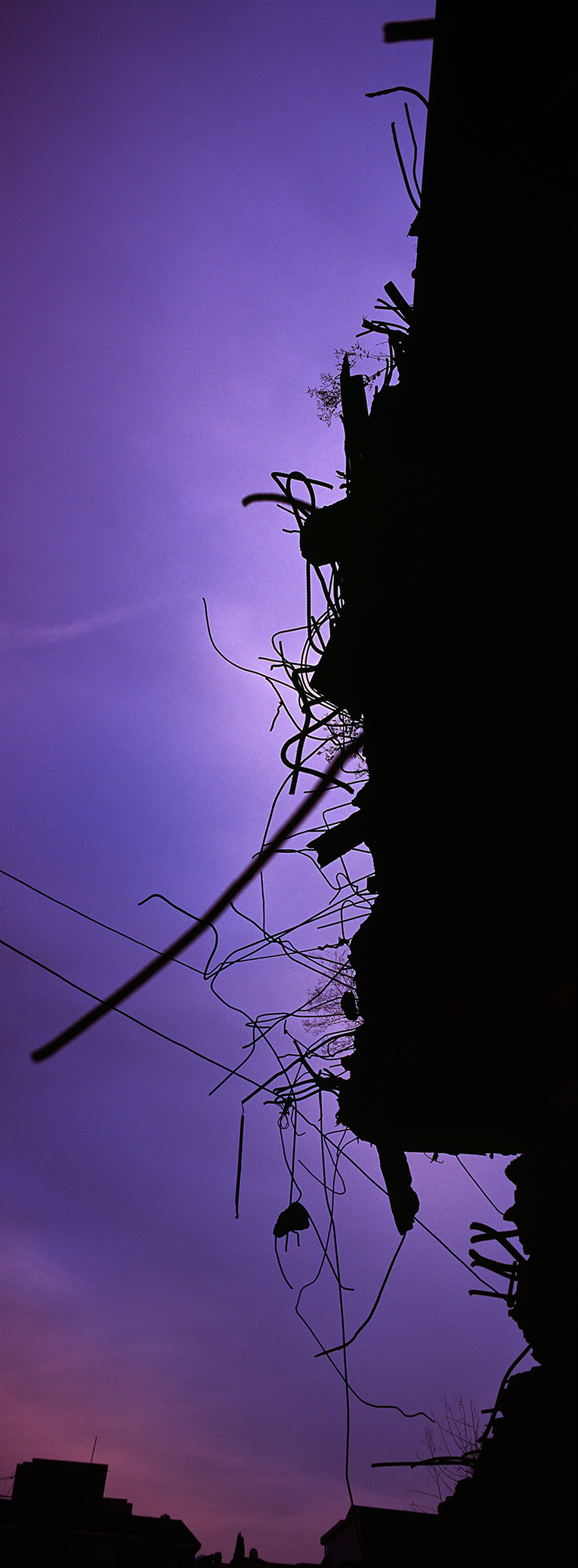

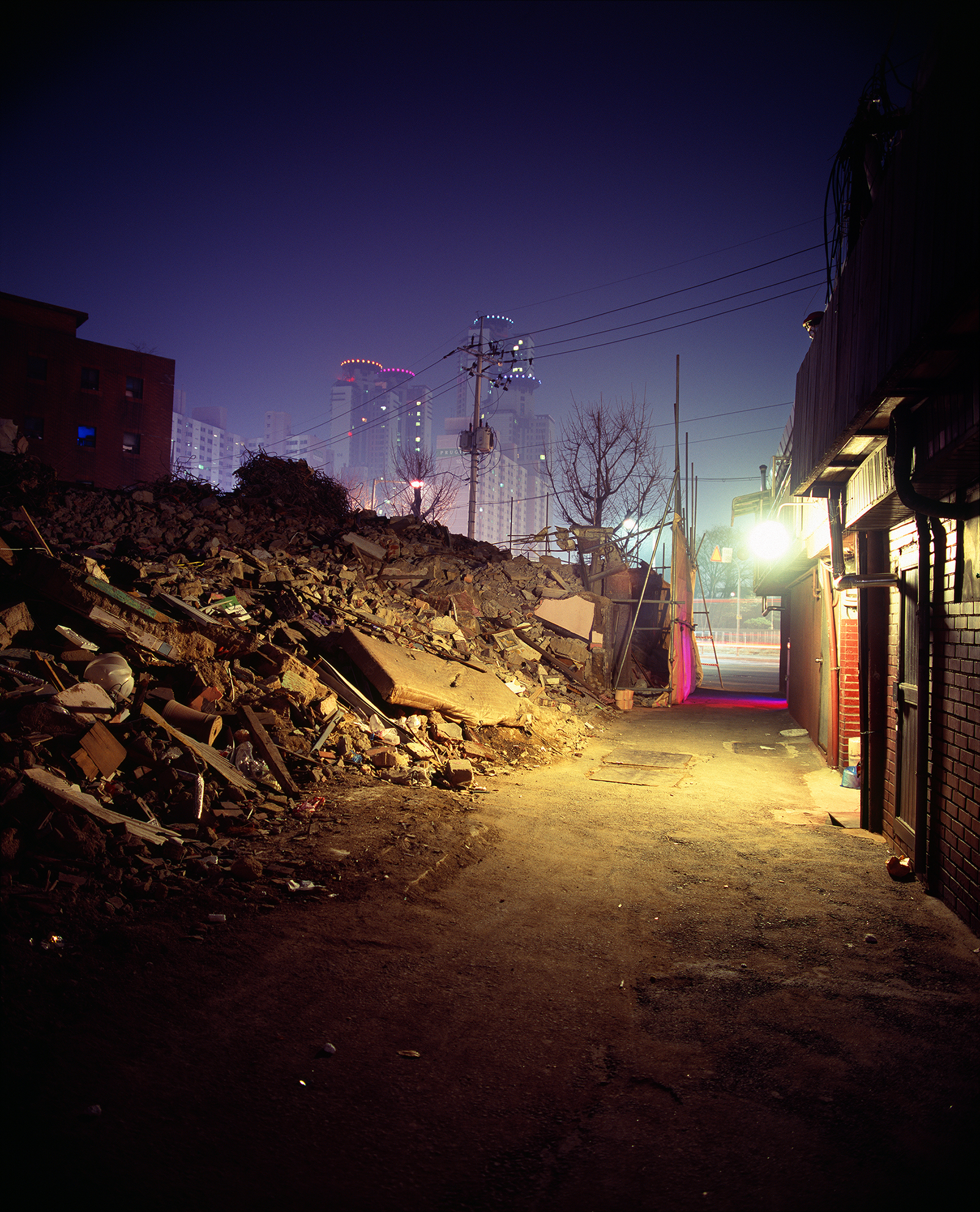


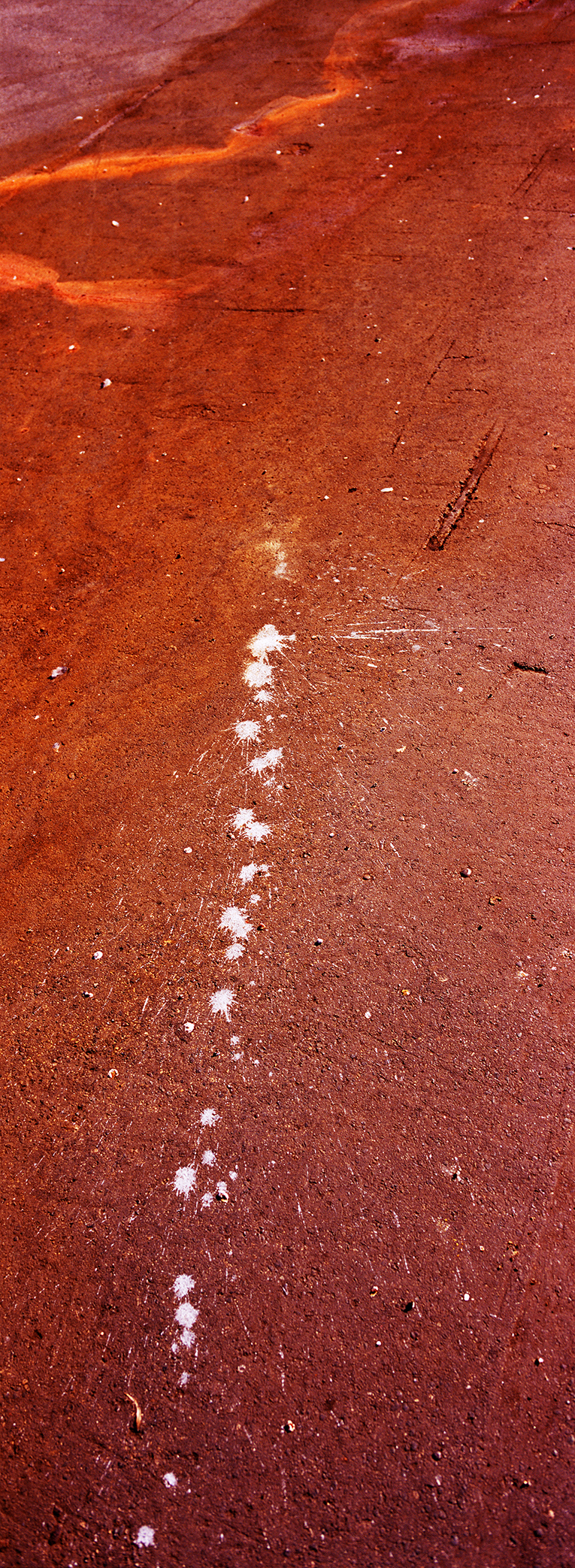


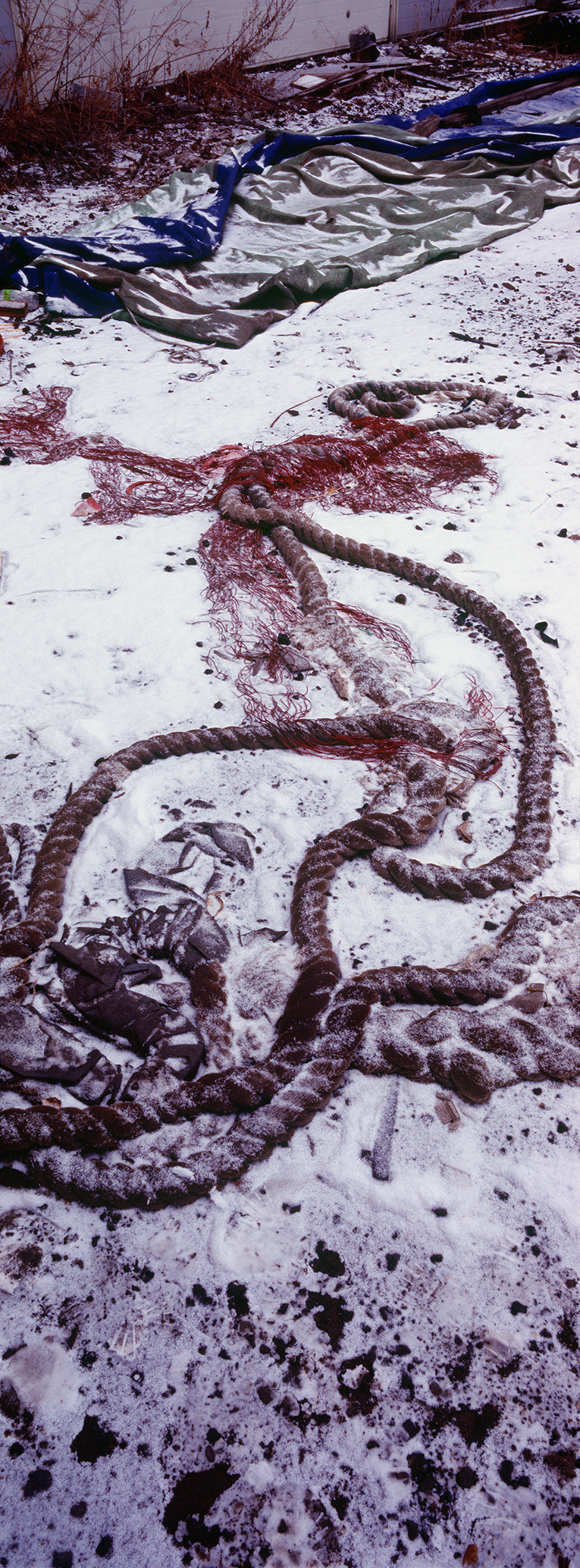
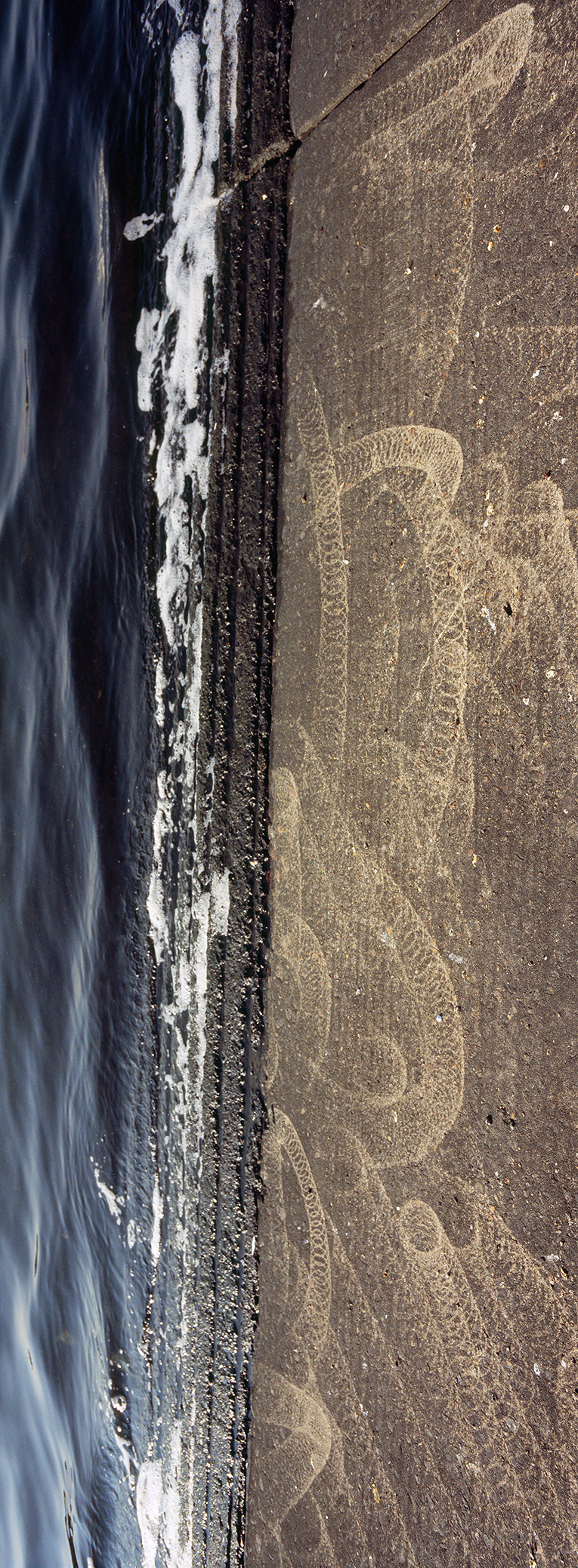




INCHEON (仁川)
Incheon was a cornerstone for Korea to step into modern times and had possibility to achieve a place that everybody can live together regardless of nationality. Plants and machines came to pass in various places in the city and dogged conflicts by people were followed not to be put under the influence of mechanization and confined life in a factory. After the Korean War in 1950 had claimed the lives of huge number of innocent civilians, north and south, two Koreas experienced the highly charged tensions of ideology under the temporal state of peace. Incheon witnessed a lot of mothers and fathers sacrificed their life and tradition and nature were damaged under the guise of development for the nation and industries.
Starting from the original landscapes of Incheon at the opening of its port, Project Incheon intends to project the images of time of the city and layers of memories accumulated from Japanese colonial era through Korean War to the period of industrialization. The images include Japanese houses extended and converted inside or outside with the times locating silently in old urban areas ubiquitously, odd structures with time and its own story in streets and alleys and Incheon Port and industrial sites which once had played a major role of modernization and industrialization but now ran their courses. Together, they have formed identities of Incheon as a city for a long time. If we put that a city is a human body, all these things were important organs that let the body alive. But now they became either obsolete or on the verge of extinction because they didn't seem to comply with the logic of capitalism or expiring of value. Time, memories and sites bearing history disappear unrealistically for good at the moment of extinction. Project Incheon demonstrates squarely identity of Incheon, on step further, that of Korea by capturing its major organs that had been accumulated and concealed over time and now being abandoned and might be so sooner or later.
︎
인천 (仁川)
도시 인천의 시공간을 중심으로 한국인들의 거주/생활문화를
기록하고 그 안에 각인된 역사를 연구한다.
‘인천은
근대가 첫 발을 내디뎠고 무국적의 가능성을 품었던 곳이었다. 지역
곳곳에 기계와 공장이 들어섰고 사람들은 기계화된 신체와 공장에 구속된 삶에서 벗어나기 위해 끈질긴 노동 운동을 이어왔다.
6.25전쟁이 전개되자 민간인들이 희생되었고 일시적인 평화의 상황
아래에서 남북이념의 터질 듯 한 긴장 속에 위치했다. 인천은 국가와 산업을 위해 전통, 자연, 아버지들과 어머니들의 삶이 희생된 곳이다.’
프로젝트
인천(仁川)은 개항과 더불어 근대 도시화 된 인천의 근원적인 풍경을
시작으로 일제강점기,
6.25전쟁, 산업화 등을 거치면서 축적된 도시의 시간과 기억의 층위를
사진으로 담아낸다. 그것은 원도심 곳곳에 숨죽이고 있는, 시대에 따라 증축, 변형된 적산가옥(Enemy Property)의
내.외부, 거리와 골목에서 목격할 수 있는, 시간과 역사를 담은 기이한 축적물 그리고 근대화, 산업화를 위해 지어졌지만 그 기능을 다한 인천내항과 각종 산업시설 등이다. 이 풍경들은 오랜 시간 도시 인천을 형성해 온 것들이며 각각의 시층에는 한국인의 거주/생활문화사가 각인되어 있다. 만약
도시가 하나의 신체라면 이 시층은 신체가 살아 움직이게 하는 중요한 기관들이라 할 수 있다. 본 프로젝트는 오랜 시간 은폐, 축적, 폐기된 또는 폐기될 도시 인천의 중요 이 신체기관을 사진으로
끄집어내 인천 더 넓게는 한국의 정체성과 그 안에 각인된 우리의 삶과 문화를 직시하고
증명하고자 한다.
︎︎
Production Period : 2018 - / Media : Digital c-print / Size Variable / Location : Incheon, South Korea / Number of Works : 55 +
Title (From the Top) : 02, 21, 27, 28, 46, 22, 52, 55, 29, 51, 31, 34, 36 ,26, 25, 57, 30, 35, 60, 32, 43, 33, 61, 47, 62, 63, 18, 54, 48, 44, 24, 37,, 39, 06, 64, 40, 07, 04, 20, 16, 05, 14, 38, 03, 23, 13, 01, 12

